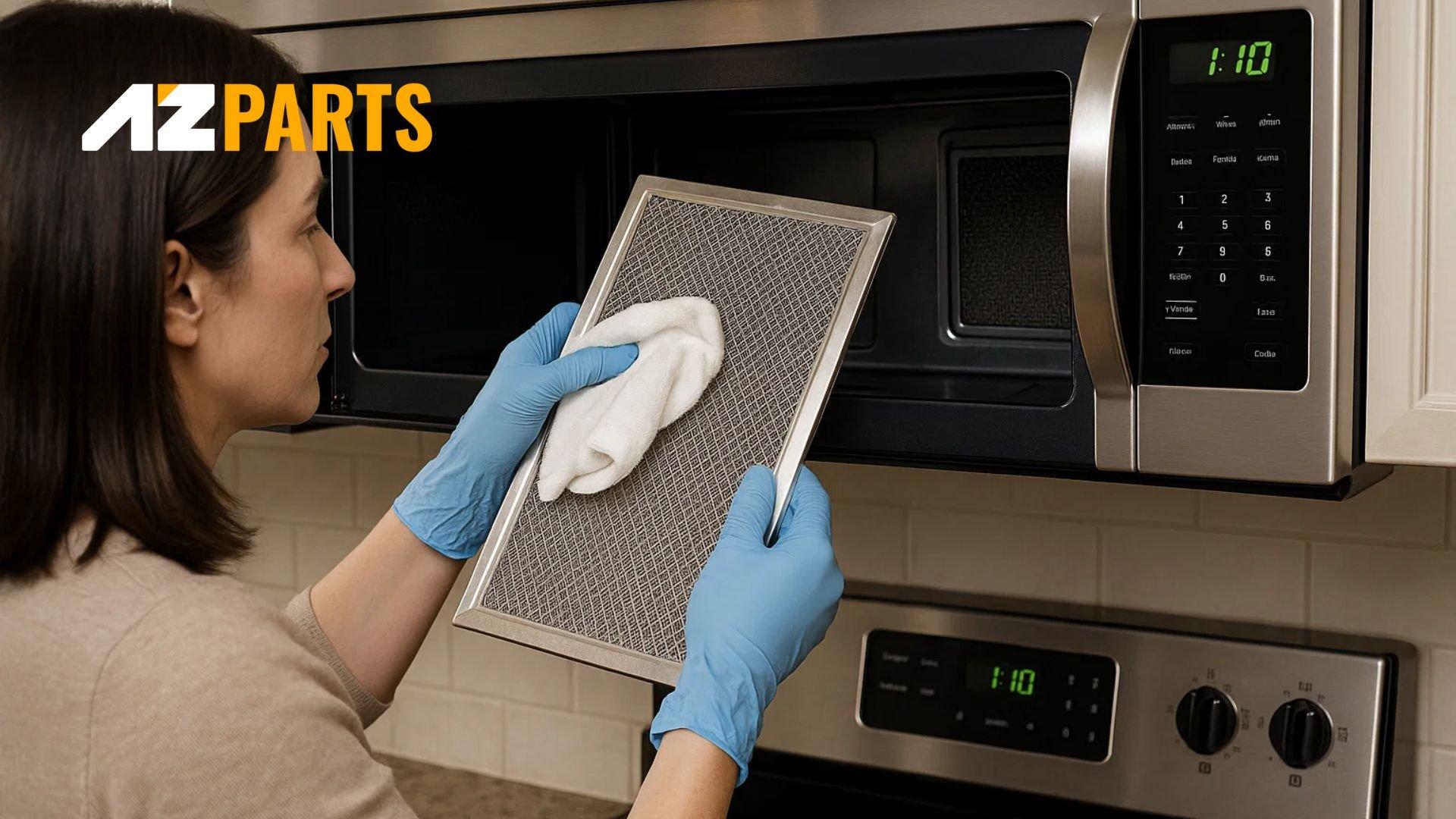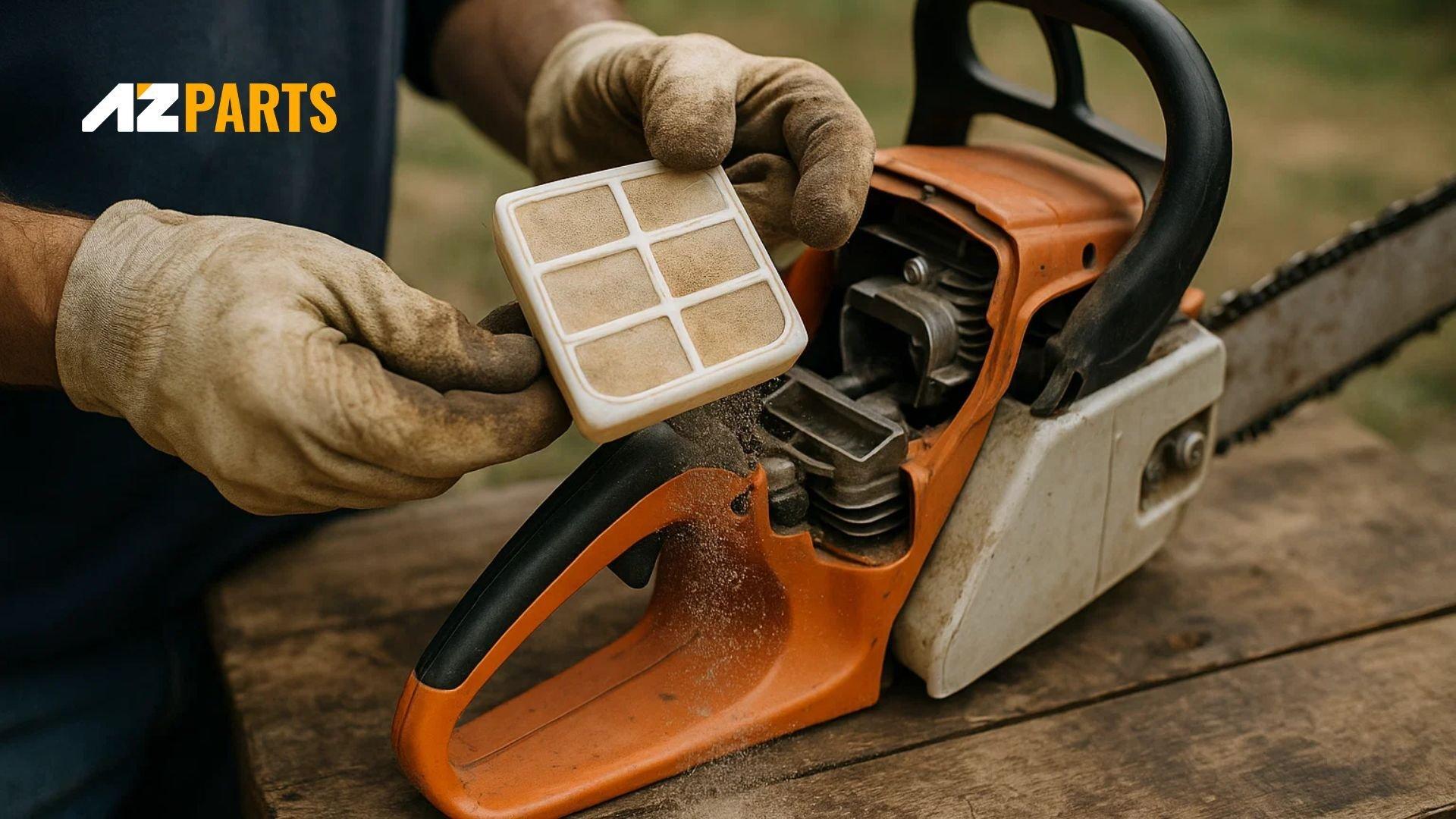How-To Guides
Leaf Blower Maintenance: A Complete Step-by-Step Guide
AZparts Team
Updated on July 30, 2025
8 min read
Proper leaf blower maintenance is essential to ensure your equipment runs efficiently and lasts for years. Whether you use it seasonally or regularly, keeping your blower in top condition prevents costly repairs and frustrating breakdowns. In this complete step-by-step guide, AZParts walks you through all the essential maintenance tasks from cleaning filters to checking spark plugs, so you can keep your leaf blower operating at peak performance.

1. Basic Leaf Blower Maintenance Tips
The following maintenance tips cover the most essential steps to help extend the life of your machine and optimize its power and durability.
1.1. Know the Manufacturer’s Guidelines
Every leaf blower comes with specific service intervals and operational requirements defined by the manufacturer. These guidelines indicate when to change filters, check spark plugs, lubricate moving parts, and service the fuel system.
Ignoring them can result in premature wear or void the warranty. Before performing any maintenance, read the owner's manual thoroughly to understand what products, tools, and procedures are recommended.
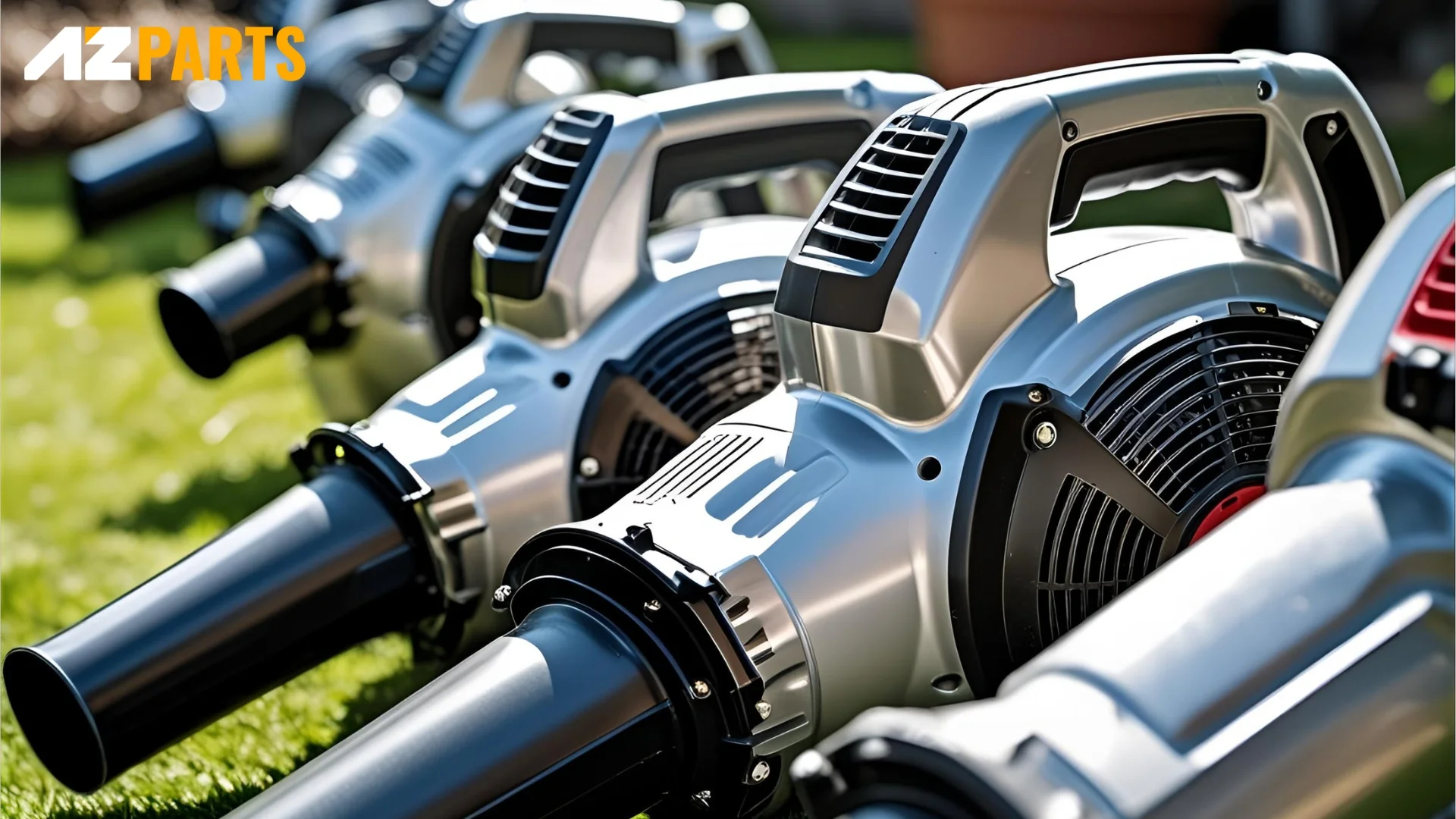
Every leaf blower comes with specific service intervals and operational requirements (Source: AZParts)
1.2. Keep the Blower Clean
Keeping your leaf blower clean is one of the simplest yet most important maintenance steps. Dust, leaves, and debris often accumulate in the air intake, fan housing, and cooling vents, which can lead to overheating or reduced engine efficiency.
After each use, wipe down the outer surfaces and use compressed air or a soft brush to clean out any buildup. Regular cleaning not only extends the blower’s lifespan but also allows you to spot signs of wear or damage early, such as cracks, oil leaks, or loose parts, before they turn into major problems.
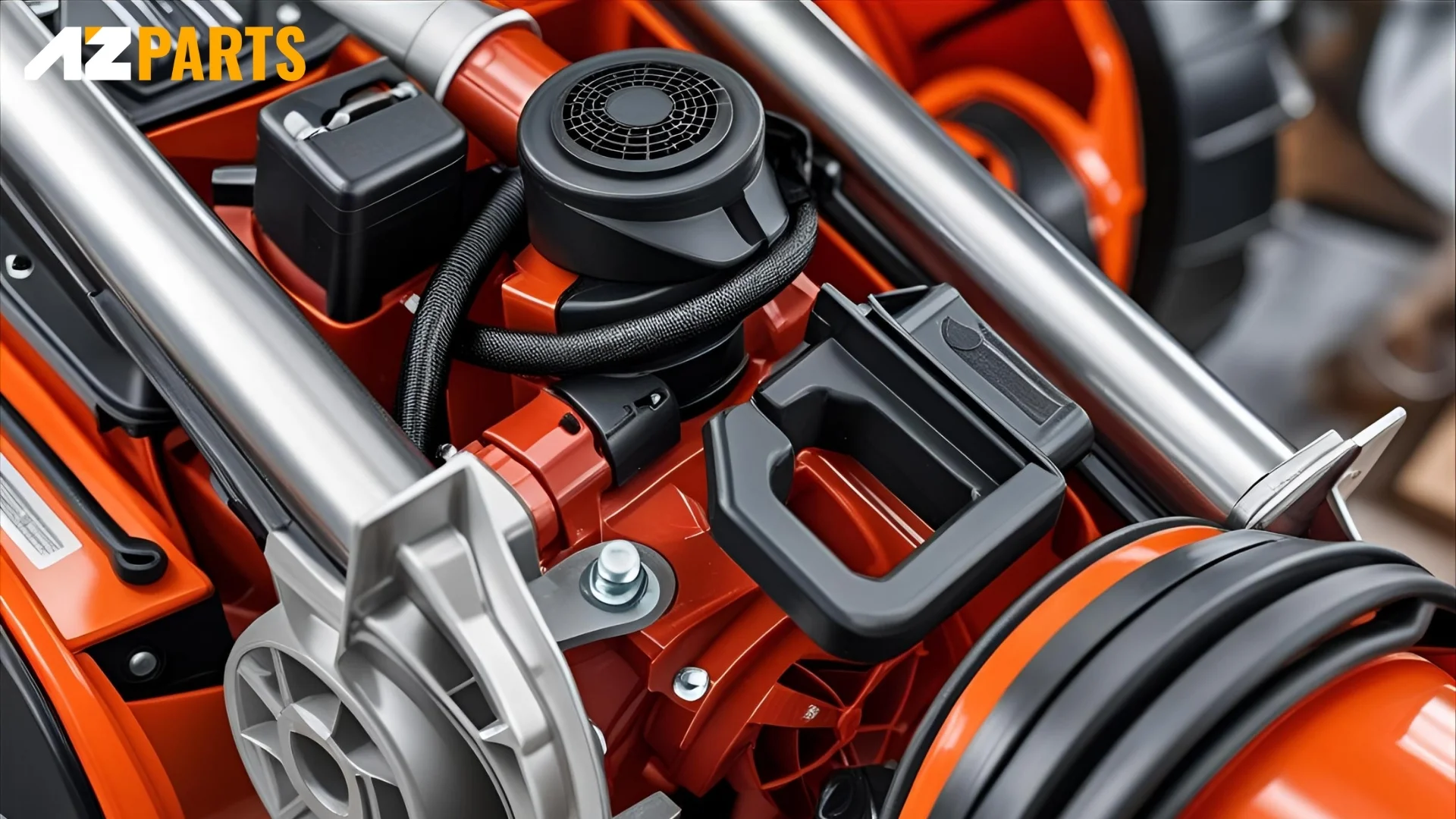
Keeping your leaf blower clean is one of the simplest steps (Source: AZParts)
1.3. Inspect Before Each Use
A quick inspection before every use helps identify potential issues before they impact performance. Check for visible damage, frayed wires, or cracked plastic housings. Ensure that the throttle trigger, on/off switch, and safety lockouts are functioning properly.
Look over the air filter, spark plug, and fuel lines for signs of wear or clogs. Also, check that no screws or fasteners have come loose from vibration.
1.4. Proper Storage After Use
Storing your leaf blower correctly is just as crucial as how you use it. For gas-powered models, either drain the tank or use a fuel stabilizer to prevent gum buildup in the carburetor. Run the engine dry after adding stabilizer.
For electric or battery-powered blowers, remove the battery and store it separately in a cool, dry place. Keep the blower in a sheltered, well-ventilated area away from moisture and dust.
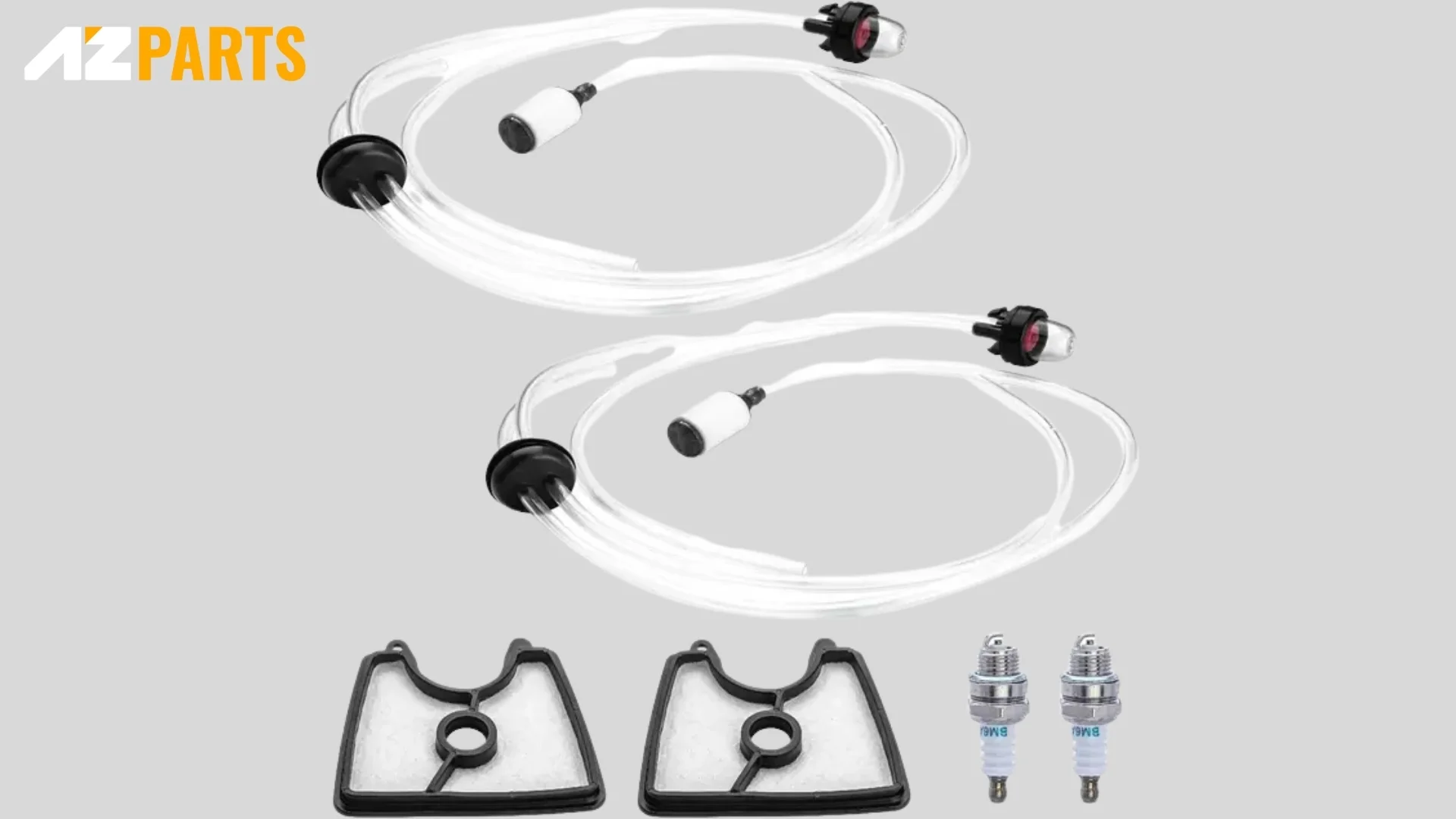
Storing your leaf blower correctly is just as crucial as how you use it (Source: AZParts)
1.5. Tighten Screws, Nuts and Bolts
Over time, vibration from operation can loosen screws, nuts, and bolts especially around high-stress areas like the handle, motor housing, and fan assembly. If left unchecked, loose components can cause abnormal vibrations, reduced performance, or even safety hazards.
Regularly inspect all fasteners and use the correct tools to retighten them to manufacturer's specifications. This not only helps maintain structural integrity but also prevents wear on surrounding parts.
1.6. Lubricate Moving Parts
Lubrication reduces friction and keeps essential components working smoothly. Key parts such as the throttle cable, leaf blower starter recoil spring, and pivot points benefit from occasional oiling. Use a lightweight machine oil or the lubricant recommended by the manufacturer. Avoid over-lubricating or using grease in areas prone to dust, as this can attract debris and cause buildup.
1.7. Check Fan and Impeller for Debris or Damage
The fan and impeller are critical to airflow performance. If either becomes clogged with leaves or damaged by hard debris, it can cause poor suction or reduce blowing power. Turn off the blower and disconnect the power or spark plug before inspecting.
Remove any built-up debris by hand or with a soft brush. Look closely for cracks, chips, or warped blades, and replace any damaged components immediately.
2. Routine Maintenance by Type
Below are the essential maintenance steps specifically for gas-powered models and battery-powered leaf blowers:
2.1. Gas-Powered Leaf Blowers
- Check and Replace Air Filter: The leaf blower air filter prevents dust and debris from entering the engine. Over time, it becomes clogged, reducing airflow and causing the engine to run poorly. Check the air filter before each use, and clean or replace it every 10–15 hours of operation or as needed.
- Inspect and Clean Cooling System: Gas-powered leaf blowers rely on airflow for engine cooling. If the cooling fins or air intake vents become blocked with debris, the engine can overheat. Use a brush or compressed air to clean these areas regularly.
- Inspect Fuel System and Fuel Lines: Fuel lines can harden, crack, or become clogged over time, especially with ethanol-blended gasoline. Inspect fuel hoses, primer bulbs, and tank grommets for any signs of leakage or deterioration. Replace any damaged components promptly to avoid starting issues or fuel loss.
- Replace or Clean Spark Plug: A worn or dirty spark plug can cause hard starts, misfires, or poor engine performance. Remove the spark plug and inspect the electrode for carbon buildup or corrosion. Clean it with a wire brush or replace it if the gap is worn or the ceramic is cracked.
- Check and Change Engine Oil (if 4-cycle): For 4-cycle leaf blowers, oil must be checked regularly and changed according to the manufacturer’s schedule (typically every 25 hours of use). Use the recommended oil type and make sure the engine is cool before draining.
- Adjust and Clean the Carburetor: The carburetor controls the fuel-air mixture and must be tuned correctly to ensure optimal performance. If the engine is idling rough or surging, the carburetor may be dirty or improperly adjusted. Clean the leaf blower carburetor using a carburetor cleaner spray, and if necessary, use a screwdriver to adjust the idle and mixture screws per the manual.
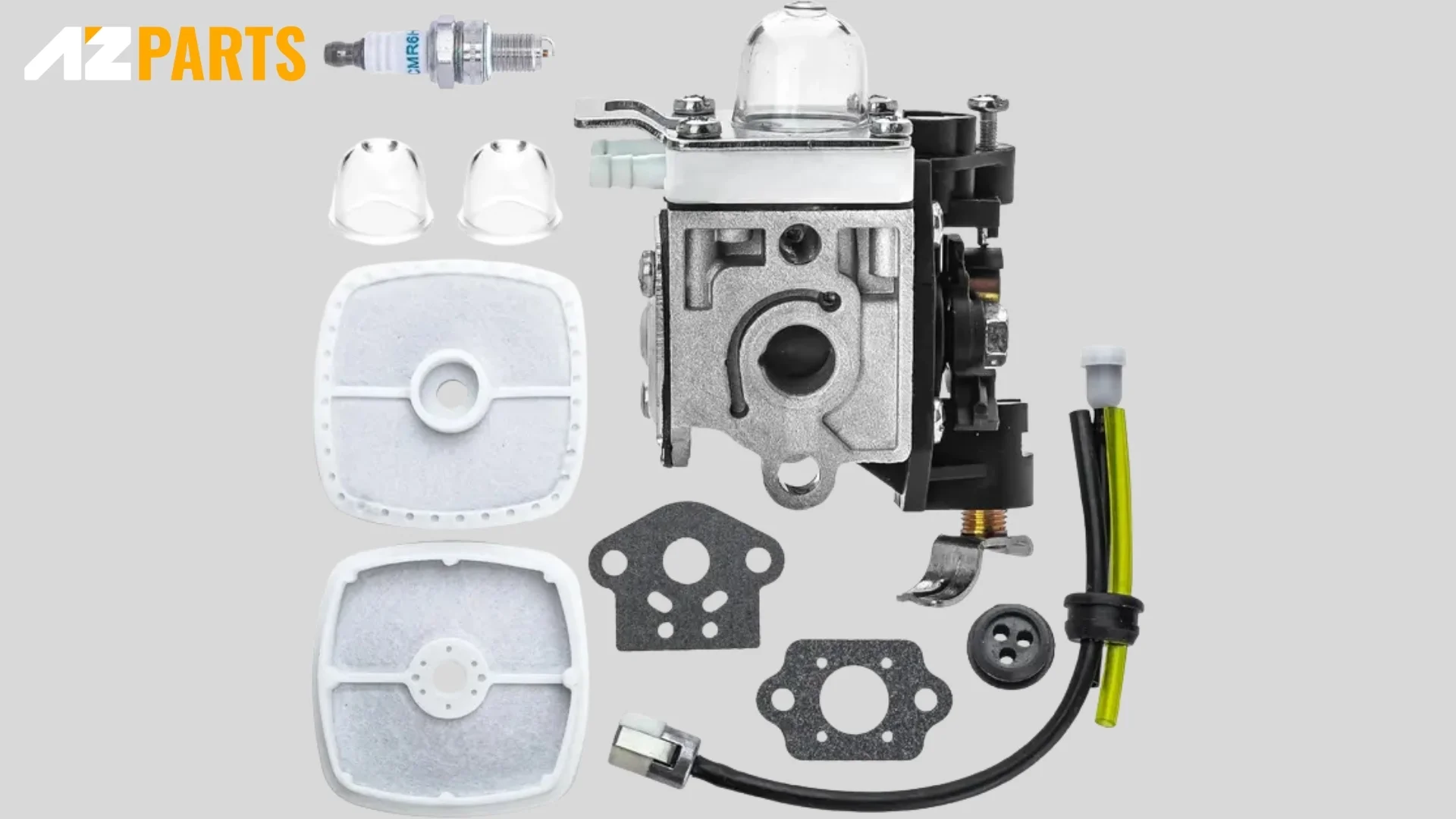
The air filter prevents dust and debris from entering the engine (Source: AZParts)
2.2. Battery-Powered Leaf Blowers
- Charge and Store the Battery Properly: To maximize battery lifespan, always use the charger provided by the manufacturer and charge the battery until it reaches full capacity. Avoid leaving it connected indefinitely, as overcharging may degrade battery cells. When storing the blower for extended periods, keep the battery at a partial charge (around 40–60 %) in a cool, dry environment
- Inspect Battery Contacts: Regularly inspect the battery terminals and blower contacts for dust, corrosion, or debris that could cause a poor electrical connection. Clean contacts gently with a dry cloth or a pencil eraser if slightly oxidized, and ensure full contact when reinserting the battery to prevent intermittent power issues.
- Battery Safety Tips: Treat lithium-ion batteries with care: never expose them to extreme heat or cold, and avoid dropping or puncturing the battery pack. Monitor charging to prevent overheating, and discontinue use if the battery becomes excessively hot, swollen, or shows reduced runtime. Replace any battery that exhibits these warning signs to maintain safe operation.
2.3 Electric (Corded) Leaf Blowers
- Inspect the Power Cord and Plug: A damaged power cord can be dangerous and compromise blower performance. Before each use, check the cord for fraying, kinks, cuts, or exposed wires and examine the plug for bent or corroded prongs. If any defects are found, replace the cord or plug immediately to ensure user safety and uninterrupted operation.
- Clean Intake and Exhaust Vents: Dust, grass clippings, and debris can accumulate in vents and reduce airflow, leading to overheating or motor strain. After each session, wipe the exterior housing and use a soft brush, cloth, or compressed air to remove buildup from intake and exhaust vents. Keeping these vents clear helps maintain airflow efficiency and prolongs motor life.
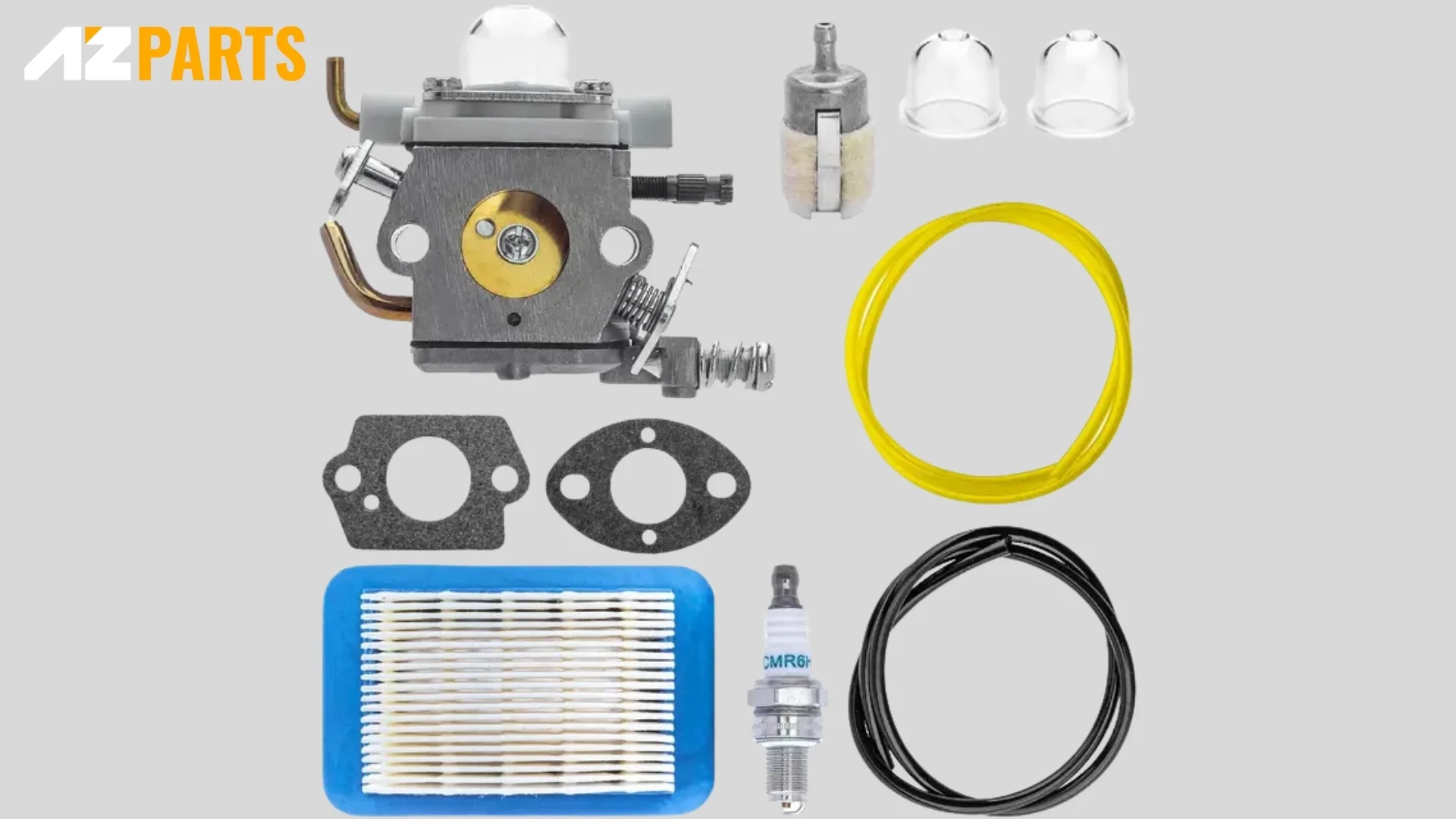
A damaged power cord can be dangerous and compromise blower performance (Source: AZParts)
3. Common Questions About Leaf Blower Maintenance
3.1. How Long Should a Leaf Blower Last?
With proper care and regular maintenance, such as timely cleaning, fuel handling, and part replacements, carburetor servicing every few years, well-maintained units often remain effective for 8 to 10 years.
3.2. What maintenance does a leaf blower need?
Leaf blower maintenance includes several key tasks: cleaning exterior surfaces and air vents, inspecting and replacing air filters and spark plugs, tightening hardware, and checking fuel systems. Gas blowers also require fuel system checks and oil changes for 4-cycle engines, while electric and battery models need cord or battery terminal inspection.
3.3. Do leaf blowers need oil changes?
Whether or not oil needs to be changed depends on the type of engine. Gas-powered blowers with 4-cycle engines have separate oil reservoirs that should be checked and changed regularly, typically after the first 20 hours of use and then every 50 hours, following the manufacturer's guidelines. In contrast, 2-cycle engines use a fuel-oil mixture, so there's no need for separate oil changes. Electric and battery-powered blowers do not require oil changes at all.
3.4. How long do spark plugs last in a leaf blower?
In frequent or heavy usage scenarios, inspecting or replacing the spark plug once per season or every 25–50 hours of use is good practice. Spark plugs in gas leaf blowers are durable and can last for several years if high-quality replacements (like NGK or Champion) are used. They often remain serviceable for years or even a decade under light use.
Regular leaf blower maintenance is the key to keeping your equipment running efficiently, safely, and for many seasons to come. By following the right steps cleaning, inspecting, and replacing leaf blower components - you can avoid costly breakdowns and extend the life of your machine. Whether you're using a gas, battery, or corded model, consistent care makes all the difference. For high-quality replacement parts, maintenance tools, and expert support, trust AZParts. We provide everything you need to maintain your leaf blower with confidence. Visit AZParts today and keep your yardwork on schedule.
Contact Info
Address: 8 The Green, Ste A, Dover, Delaware 19901-3618, United States
Email: support@azparts.com
leaf blower
Further Reading
Further Reading


